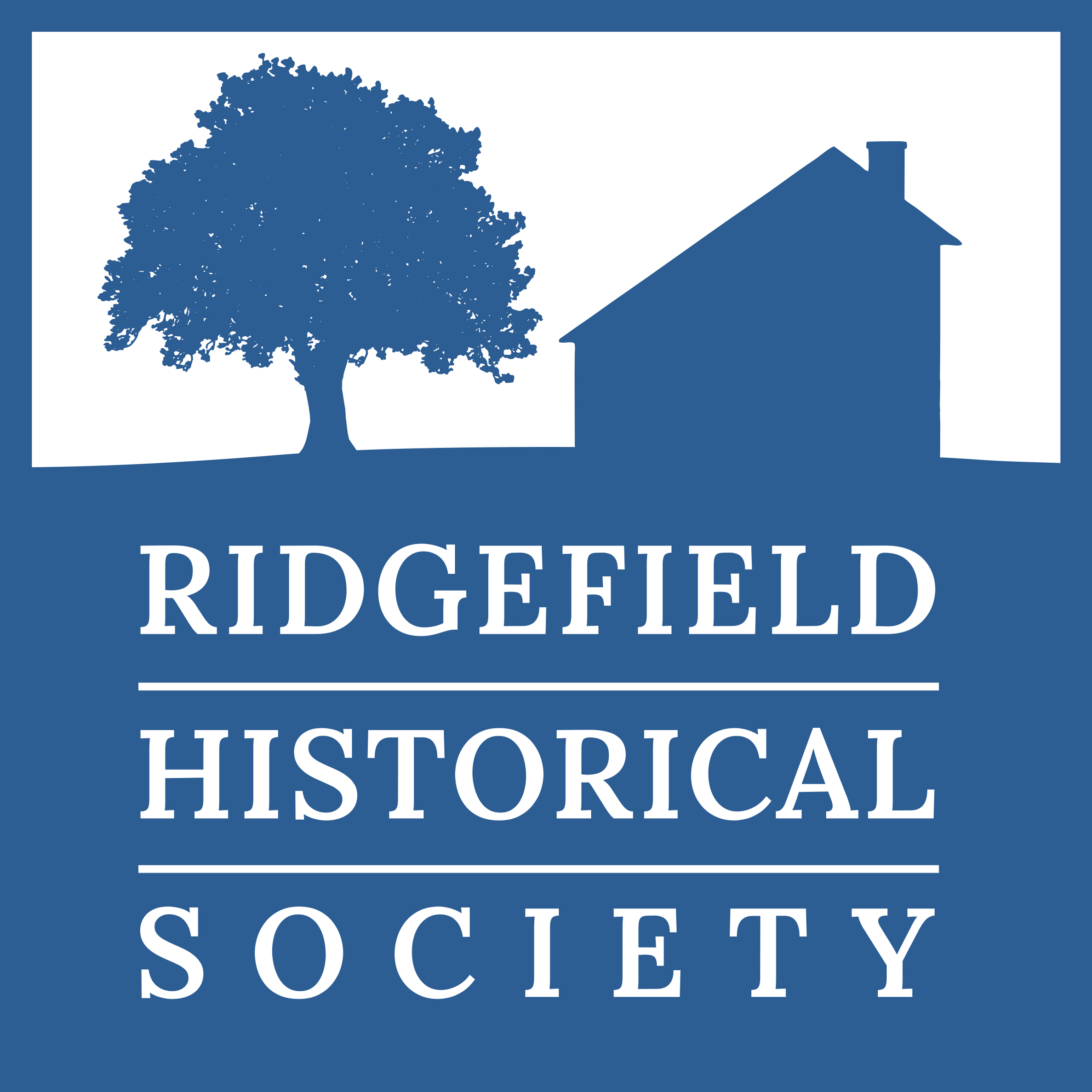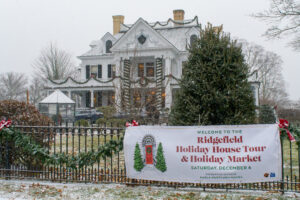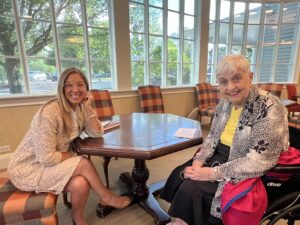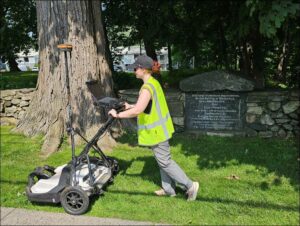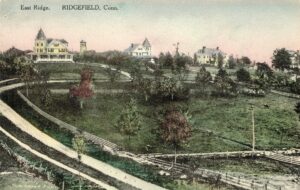Blog Entry No. 1
In May, archaeologists from Heritage Consultants began a second round of work with the Ridgefield Historical Society to investigate the 1777 Battle of Ridgefield. When Heritage teams were here in 2021, they compiled an extensive account of the Battle from first person and historical accounts in both England and America. Now, armed with that information, Heritage will use hi-tech archaeological equipment to search for Battle engagements, troop movements and skirmish sites throughout Ridgefield. The Historical Society is funding the work with its second prestigious National Park Service American Battlefield Protection Program grant.
Heritage metal detectorist
After Heritage metal detectorists spent weeks in a painstaking search for battle-related artifacts that could pin down the locations of what are known as the Battle’s First and Second Engagements, they had a breakthrough. They discovered several musket balls and uniform buttons in one concentrated area and realized that, almost 250 years after the Battle, they’d found the site of the Second Engagement.
Musket ball at Second Engagement site
Heritage is now using Ground Penetrating Radar (GPR) to study the area where the Third Engagement took place. In an attempt to slow the approaching British forces, General Benedict Arnold rallied militia forces and local volunteers to construct a barricade there. Most current property owners have cut their lawns low enough for GPR to get accurate readings, but the land may have been altered considerably since 1777, making evidence of the Battle hard to find.
As the archaeologists work, they sometimes uncover 18th century artifacts that may not be Battle-related but are remarkable nonetheless. They found a George II half penny coin showing a so-called “young head” version of the King. Heritage Laboratory Manager Susannah Goeters determined that the coin was produced between 1730 and 1739. It would have been legal tender in Ridgefield in 1777 because “foreign currency” was not declared illegal in the U.S. until 1857 … 80 years later!
George II half penny with a “young head”
Heritage and the Historical Society plan to continue work in the area of the barricade but they also want to locate and explore the area where the British camped for the night following the Battle. In addition, they may try to identify skirmish sites along High Ridge and East Ridge Avenues where the British chased retreating American forces after breaking through the barricade.
The success of the project depends on local property owners giving the Historical Society and Heritage Consultants permission to examine their land. With enough cooperation, crucial artifacts may be uncovered that could resolve some of the remaining mysteries of the Battle. Any artifacts found during the survey will cataloged and preserved at the Ridgefield Historical Society and shared with the Ridgefield community as tangible reminders of a significant moment in the history of the U.S and Ridgefield.
